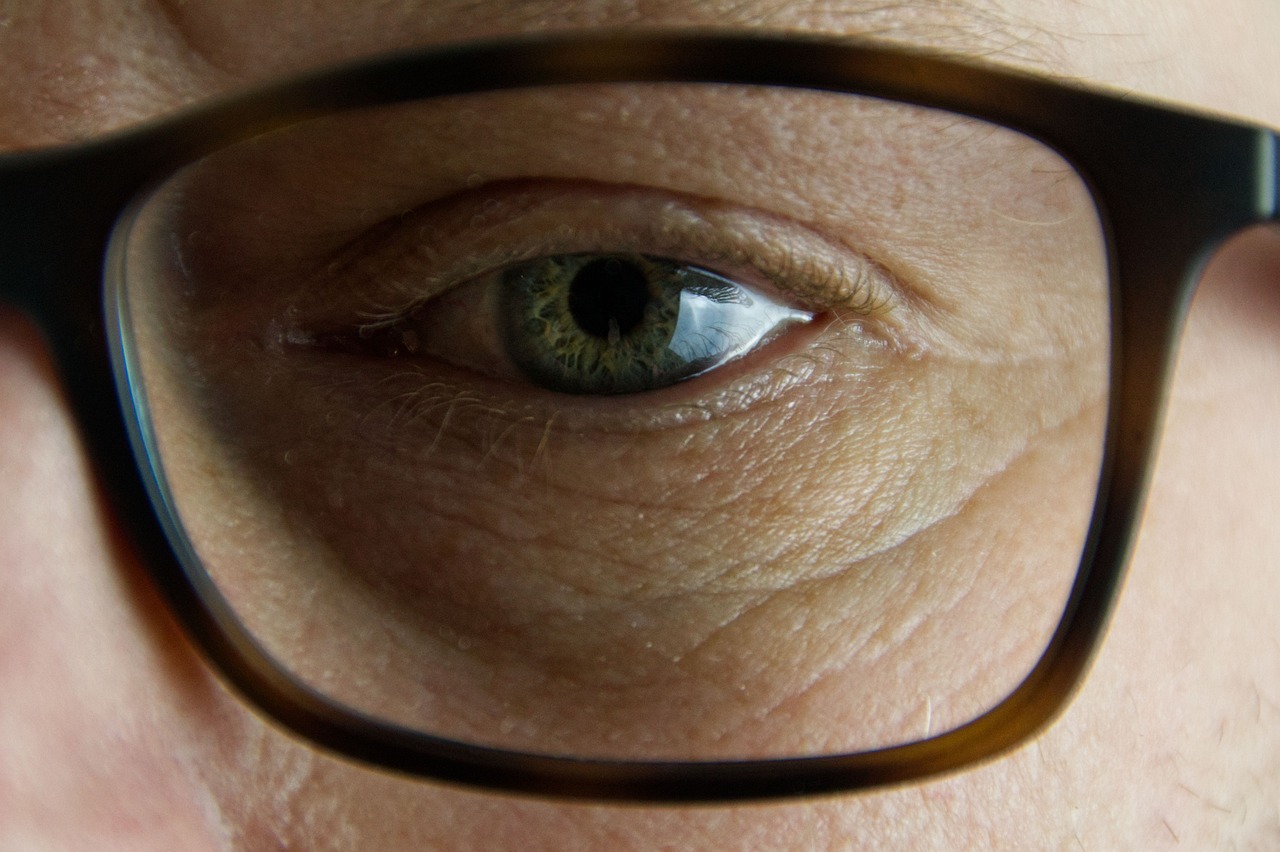INTRODUCTION
Presbyopia has been defined in multitudinous ways. It is an age-related visual impairment resulting in the inability of the eye to focus on near objects or at near distances. It causes near vision impairment with advancing age. Presbyopia usually becomes perceptible between ages 35 and 45 and accelerates with age, necessitating the application of corrective lenses in order to restore near vision. The exact mechanisms or pathophysiology of presbyopia still remains vague, thus it is not known with certainty, but it is generally believed that it is due to a combination of deterioration of the accommodative muscle of the eyes natural lens.
 Source.
Source.
RISK FACTORS FOR PRESBYOPIA
Age is a major risk factor for the development of presbyopia. Several studies have shown that presbyopia occurs earlier among people living near the equator (high ambient temperature and greater exposure to ultraviolet radiation). Women develop presbyopia earlier and are known to have more severe presbyopia which also occurs earlier in person that are hypermetropic because of additional accommodative demand (McGinty, 2011).
Other risk factors for presbyopia include ocular disease or trauma (damage to the lens, zonules or ciliary muscle), systemic disease (diabetes mellitus, multiple sclerosis, cardiovascular accidents, vascular insufficiency, Myastheniagravis, anaemia and influenza), Drugs (alcohol, chlorpromazine, antidepressants, antipsychotics, hydrochlorothiazides, antianxiety agents, antipsychotics, antihistamines, diuretics), Latrogenic factors (scatter (pan retinal) laser photo coagulation, intraocular surgery), occupations with near visual demands, poor nutrition.
SIGNS, SYMPTOMS AND COMPLICATIONS OF PRESBYOPIA
The onset of presbyopia is gradual. Although blurred near vision signals the onset of presbyopia, the symptoms reach significance only when the patient’s accommodative amplitude becomes inadequate for his or her visual needs. The patient’s difficulty in performing vocational or avocation activities largely determines when the symptoms of impairment are manifesting.
Blurred vision and the inability to see fine details at the customary near working distance are the hallmarks of presbyopia. Other common symptoms are delays in focusing at near or distance, ocular discomfort, headache, asthenopia, squinting, fatigue or drowsiness from near work increased working distance, need for brighter light for reading and diplopia. Difficulty seeing at the usual near working distance and changing or maintain focus is explained by the decreased amplitude of accommodation. Brighter light for reading benefit the patient by causing papillary constriction, resulting in an increased depth of focus. Diplopia may occur as a result of exotropia associated with increased exophoria and decreased positive fusional vergeance amplitude, both of which are common in presbyopia.
EFFECTS OF PRESBYOPIA ON VISION-RELATED QUALITY OF LIFE
This seems straight forward in high-income countries, where reading and writing are the main near vision tasks undertaken. However, it is a misconception to think that presbyopia has no impact on quality of life in populations where reading and writing are less a part of daily life, for example in rural populations of low-and-middle-income countries. Activities other than reading and writing in rural population that requires near vision are cooking, driving, winnowing of grains, sorting grains, threading needle, dressing children, weeding, recognizing faces closely, recognizing close objects.
Also, as more transactions are done in writing, adults with poor reading vision will be at an economic disadvantage. Uncorrected presbyopia can impede development. The World Health Organization (WHO) has placed increasing emphasis on adult literacy to improve attainment of development goals, but people require good near vision to be able to benefit from programmes to improve literacy (WHO, 2013).
MANAGEMENT OF PRESBYOPIA
Optical correction with spectacle lenses such as:
- Bifocal lenses
- Single vision lenses
- Progressive addition lenses
- Trifocal lenses
- Occupational lenses
Optical correction with contact lenses such as:
- Monovision lenses
- Bifocal contact lenses
Combination of contact and spectacle lenses
Refractive surgery such as:
Conductive keratoplasty (CK): It is a noninvasive, in-office procedure for the management of presbyopia. It is based on radio frequency energy delivered through a fine needle tip that is inserted into the peripheral corneal stroma in a ring pattern. It is applied as a monovision procedure in the non-dominant eye of prebyopic individuals. The advantages of CK include that it is a minimally invasive, in-office and relatively cost-effective procedure.
CONCLUSION
Presbyopia is a universal condition of aging and cuts across our society and affects all geographical and socioeconomic regions of the world. It impacts visually related tasks both in the formal work place and among artisans and agrarians domiciled in the rural community. As we begin to decipher more about the prevalence of presbyopia in low and middle income regions, attention should now turn to ensuring that those in need of management receive suitable care. The necessity to promptly correct presbyopia cannot be underestimated as impairment of vision is associated with depression and dependency. Spectacle correction either single vision or bifocal is the main modality of correcting presbyopia in our environment. Increasing the spectacle coverage should involve screening those over 35years of age, create awareness and provide affordable and accessible optical services.


Thanks for your contribution to the STEMsocial community. Feel free to join us on discord to get to know the rest of us!
Please consider delegating to the @stemsocial account (85% of the curation rewards are returned).
You may also include @stemsocial as a beneficiary of the rewards of this post to get a stronger support.
Congratulations @nelson142! You have completed the following achievement on the Hive blockchain And have been rewarded with New badge(s)
Your next target is to reach 50 comments.
Your next target is to reach 50 replies.
You can view your badges on your board and compare yourself to others in the Ranking
If you no longer want to receive notifications, reply to this comment with the word
STOPTo support your work, I also upvoted your post!
Check out our last posts:
I guess it's not that common among young ones right?
No, it's not common among people aged below 30. It starts manifesting from the age of 35 and above
Source of potential text plagiarism 1
Source of potential text plagiarism 2
Plagiarism is the copying & pasting of others' work without giving credit to the original author or artist. Plagiarized posts are considered fraud. Fraud is discouraged by the community and may result in the account being Blacklisted.
Guide: Why and How People Abuse and Plagiarise
If you believe this comment is in error, please contact us in #appeals in Discord.